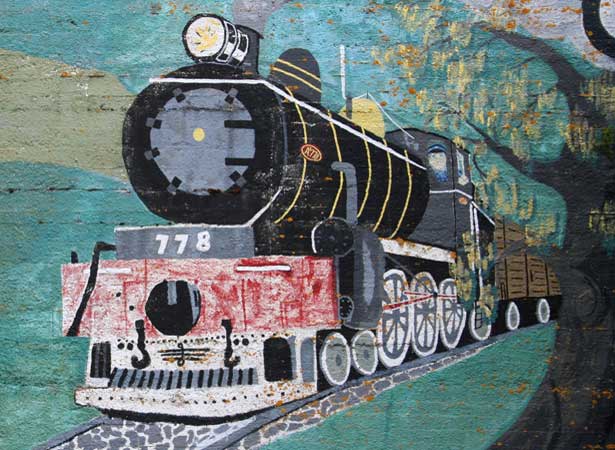
A few months after the last steam locomotives had been withdrawn from this country's scheduled rail operations, New Zealand Railways (NZR) launched a new tourist-oriented steam passenger venture in the South Island.
Beginning on 21 December 1971, the Kingston Flyer ran twice daily on the 61-km line between Lumsden in northern Southland and Kingston on the shores of Lake Wakatipu. It used two of NZR’s famous AB-class Pacific locomotives, built in the 1920s, and a number of preserved wooden carriages dating back to 1898, including an historic ‘birdcage’ (balcony) car. As a rare example of a state-owned railway entering the heritage and preservation fields, the Kingston Flyer attracted widespread media attention, both in New Zealand and overseas.
In recent decades the (now privately owned) venture ran two daily trips in summer over a 14-km section of line between Fairlight and Kingston, as well as offering charters throughout the year. From 2009 the railway’s future was clouded by financial problems, and it closed in the summer of 2012/13. The Kingston Flyer resumed operation in 2022.
The Kingston–Lumsden line was originally built as part of the ‘Great Northern Railway’ from Invercargill, which was completed in 1878. The original Kingston Flyer was a passenger train that ran between Gore, on the main Dunedin-Invercargill line, and Kingston, from where lake steamers provided a connection with Queenstown. It was withdrawn in 1937 following improvements to the road along the eastern shore of Lake Wakatipu, although Christmas and Easter specials continued into the 1950s.
How to cite this page
'Full steam ahead for Kingston Flyer', URL: https://nzhistory.govt.nz/page/full-steam-ahead-kingston-flyer, (Ministry for Culture and Heritage), updated 10-Nov-2022
